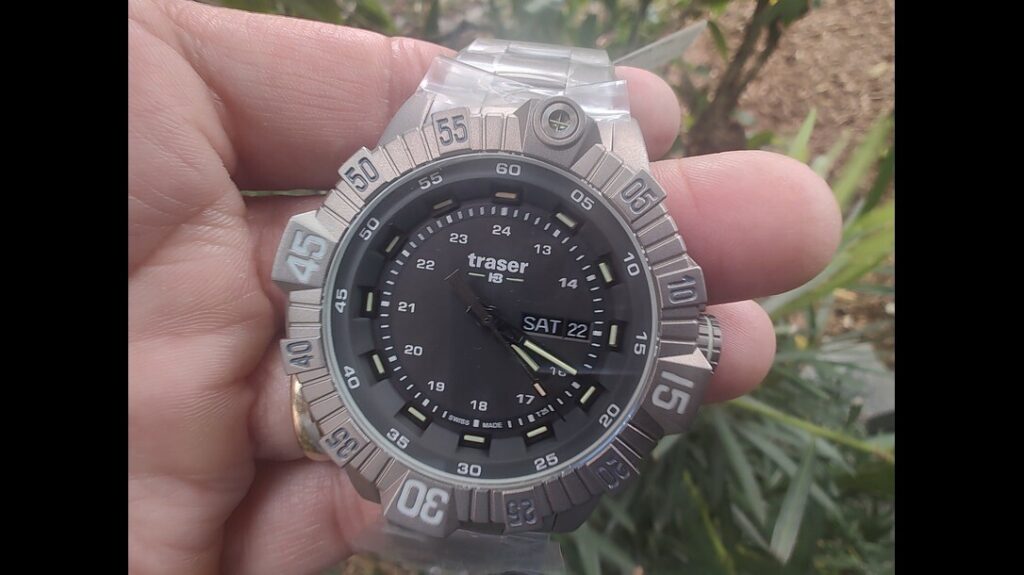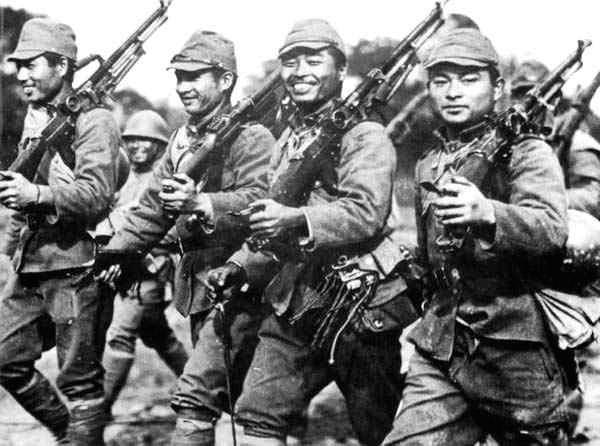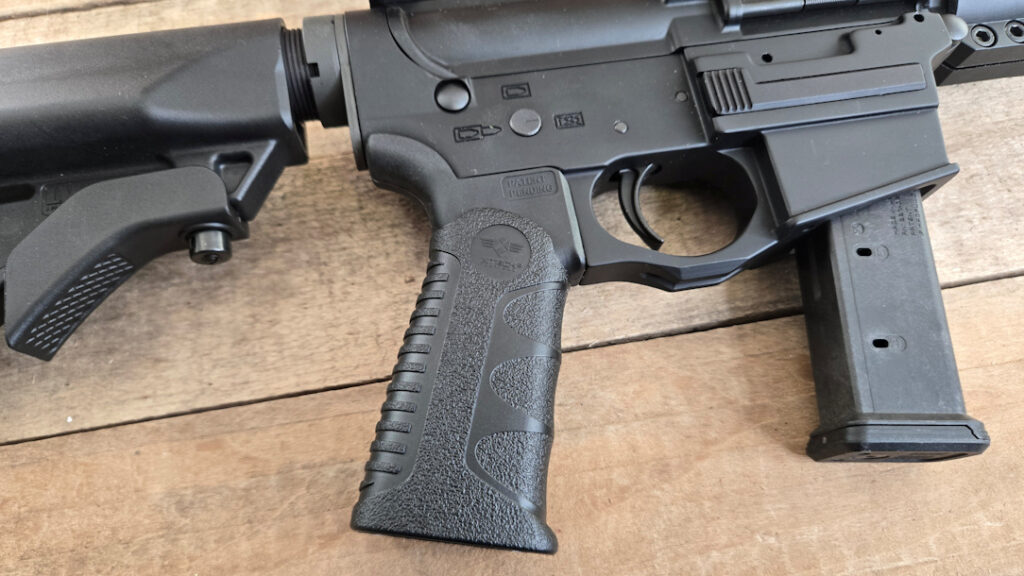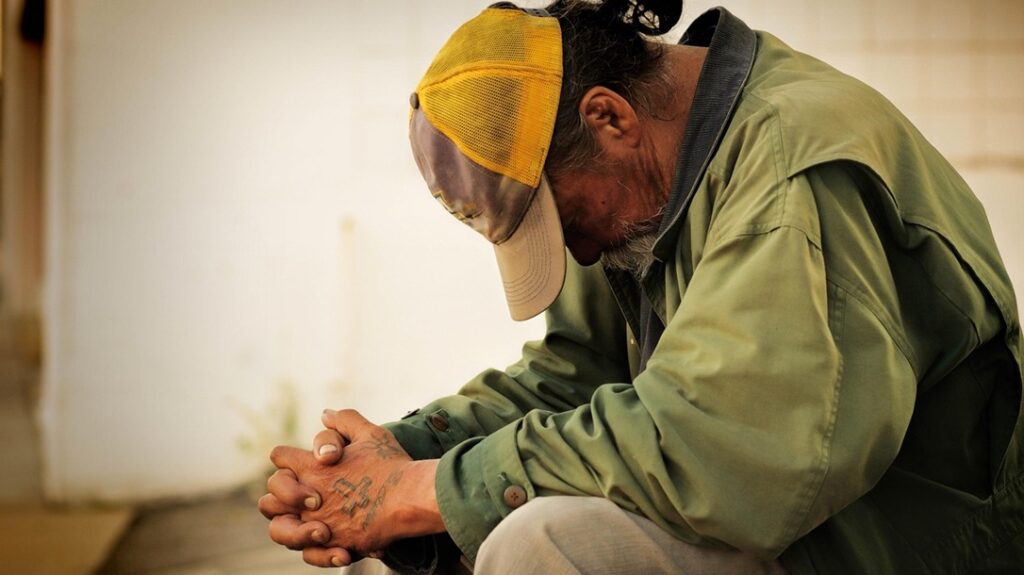Here’s a thought-provoking question: Who will you call in a crisis? David Walker-SAR/First Responder extraordinaire! Suppose your loved ones are trapped in a dangerous situation, such as a cave, a mountain, or extreme weather. They will need a hero to rescue them!
Who is David Walker?
The quest to locate missing individuals for medical assistance and ensure their safe return is vital for families and communities. Search and Rescue (SAR) personnel engage in daily adventures that include aiding the injured, finding the lost, and recovering remains. SAR teams provide essential services that rescue individuals and bring closure and support to grieving families.
David Walker is a legendary Search and Rescue figure known for his remarkable contributions and dedication to the field.
Advertisement — Continue Reading Below

I first met David in North Carolina while co-hosting a survival workshop for a team of dedicated volunteer SAR responders. With an endless supply of captivating tales and a treasure trove of expertise, David is the kind of person you want on your side during your darkest moments in the wilderness!
Walking with Walker
We first met in NC during a survival class, so I know you are an avid outdoorsman. What fun gear and necessities do you always have on a day hike or mushroom forage hunt?
Advertisement — Continue Reading Below
I carry a small backpack, “Mountain Smith,” with my 5 Cs for survival, combustion, cover, container, cordage, and cutting, along with a small saw, “silky” mesh bag for collecting mushrooms and other edibles, map and compass poncho or gortex jacket, about 30 ft of 8mm rope, a couple of carabiners for self-rescue, and my radio, which covers most fire departments in the area.
What would you pack as off-duty gear if you had to render first aid in a restaurant or on the road?
Tourniquets stop the bleed and Epi. Most other items can be improvised, such as bandages, wound packing, etc. My main goal is to keep blood on the inside and air moving until you can get to proper care.
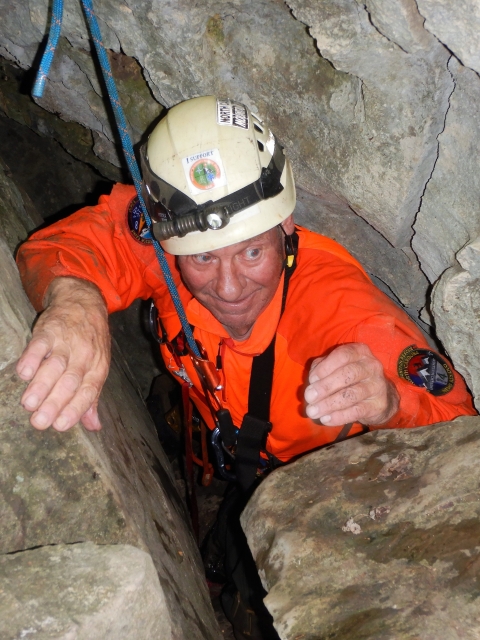
Advertisement — Continue Reading Below
David, what’s your preferred footwear for fun on the job and in the woods?
I always wear mountaineering boots for their stiffness and support. Most people would not like stiff boots, but for me, they work well for steep rocky terrain, and the narrower sole allows for good foot placement. Still, they are heavier than regular hiking boots, but they seem to hold up better to the abuse I give them.
David on Firearms
Did you carry firearms on the job as a firefighter or in a SAR operation, and what kind?
Advertisement — Continue Reading Below
Yes, I do carry a firearm, but not during firefighting operations. When firefighting, you’re often crawling and can’t see well, and you’re too busy to focus on maintaining control of your weapon. I wouldn’t want the one in the chamber to accidentally discharge, and while it shouldn’t be that hot where you’re working, I prefer not to take any chances. I definitely wouldn’t want to injure a fellow firefighter.
Yes, I carry during search and rescue operations. Usually, I have a Glock 43, which is a 9mm. It’s small, reliable, and easier to conceal. If I’m in the woods, I typically opt for open carry and use a Glock 23.
What is your preferred firearm off-duty in town or the woods, and why?
Advertisement — Continue Reading Below
In town, I typically carry a Glock 43 due to its size, concealability, and reliability. When I’m in the woods, I prefer the Glock 23 in .40 caliber. It’s very reliable, even when wet or dirty from traveling through brush and mud. It has also been involved in some flood rescues, where it was submerged for a while. After each use, I take it home, wash it, clean it, and oil it, then load it with new ammo, and it’s ready to go.
David on Cutting Tools
We all love and depend on knives and tools. What are your preferred cutting tools on the job, and why them?
I like the ESEE-4 for its size; it’s excellent for batoning wood, general cutting, and it’s not too big or too small. Plus, it’s nearly indestructible. I also carry an ESEE Izula as a neck knife and a Victorinox pocket knife, which has a small saw, awl, and screwdriver that come in handy when I’m out in the woods. Additionally, I’ll bring a saw with me, something like a Silky or Bahco, about 6 to 8 inches long.
Advertisement — Continue Reading Below
What cutting tools do you carry, such as EDC or wood, and why?
I carry the ESEE-4 knife and a multi-tool for everyday carry (EDC) in the woods. Additionally, I have a small Silky saw, which is excellent for clearing brush and cutting poles to construct items like gin poles, A-frames, and levers.
Fire with Walker
I’ve seen your Fatwood X-style firelay in action one rainy morning in NC. Where did you pick up that trick?
Advertisement — Continue Reading Below
I picked up the X style of fire building from a friend with BUSAR (backcountry unit search and rescue ) in the Smokies. I found this method to work well with damp wood; it’s fast and reliable. However, preparation is key. A good supply of kindling will be the key to success in fire building.

Students
David, we have trained together in various settings and with students, ranging from college students to Army Special Forces in North Carolina and Alabama. Who do you enjoy training with the most?
Advertisement — Continue Reading Below
The beginners are probably the most enthusiastic. They are eager to learn the basics, keeping it simple, and are excited about the new environment or learning a new skill. I see their excitement when they get their fire going or build a shelter. When I’m with more advanced groups, we try new things and concepts, building on previous skills. The learning goes both ways because I always get new info and tactics from them as well.
David Walker can be found at:
www.centerpigeonfire.com/members
www.ratsar.org
www.haywoodrescue.org
www.hendersoncountyrescue.org

